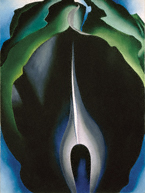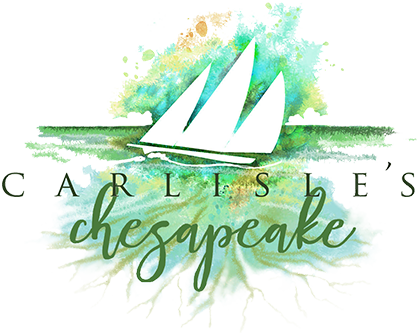Content

“Georgia O’Keeffe: Abstraction” at the Phillips Collection, Washington, D.C.

Georgia O’Keeffe, Jack-in-the-Pulpit No. IV, 1930, Image courtesy of the Board of Trustees, National Gallery of Art, Washington, National Gallery of Art, Washington, D.C. Alfred Stieglitz Collection, Bequest of Georgia O’Keeffe 1987.58.3
Georgia O’Keeffe (1887-1986) is widely celebrated for her iconic paintings of flowers, animal bones, and stark New Mexican cliffs. While she has long been regarded as a central figure in 20th-century art, the radical abstract work she made throughout her career has remained less known. The Phillips Collection examines her artistic achievement from a fresh perspective in a landmark exhibition—Georgia O’Keeffe: Abstraction. By delving into this work, the exhibition demonstrates O’Keeffe’s important contribution to the history of American abstraction. Georgia O’Keeffe: Abstraction is on view at the Phillips from February 6 to May 9, 2010.
For much of her career, O’Keeffe struggled with how others perceived her work. Early on, interpretations were shaped almost exclusively by Alfred Stieglitz—photographer, gallery owner, and O’Keeffe’s husband beginning in 1924—who presented her work from 1916 to 1946. His statements about O’Keeffe’s early abstractions coupled with the photographs he took and exhibited of her in 1921, many of which presented her as partially clothed or nude, led critics to interpret her work—to her great dismay—as Freudian-tinged, psychological expressions of her sexuality.

Georgia O'Keeffe, Abstraction White Rose, 1927, © Georgia O’Keeffe Museum/Artist Rights Society (ARS), New York, Georgia O’Keeffe Museum, Santa Fe, New Mexico Gift, The Burnett Foundation and The Georgia O’Keeffe Foundation 1997.04.02 (CR 599)
Cognizant of the public’s lack of sympathy for abstraction and seeking to direct the critics away from sexualized readings of her work, O’Keeffe began to introduce more recognizable images into her repertoire in the mid-1920s. As she wrote to the author Sherwood Anderson in 1924, “I suppose the reason I got down to an effort to be objective is that I didn’t like the interpretations of my other things [abstractions].” Stieglitz’s penchant for favoring new paintings meant that O’Keeffe’s abstractions rarely figured in the 22 solo exhibitions he mounted of her work from 1924 to 1946, causing her first forays into abstraction to virtually disappear from public view.
Throughout her career O’Keeffe moved freely between abstraction and representation. She increasingly focused on representational objects after 1923, although she distilled them into abstract forms and patterns. In the 1930s and ‘40s, O’Keeffe continued to interpret the architectural, landscape, and natural forms of New Mexico that she had made the subject of her work since 1929. But their representational components allowed her to explore once again the abstract shapes that she had adopted as her personal language in the 1910s. Beginning in the mid-1940s, she renewed her connection to abstraction by introducing flat, geometric planes of color that extend from one edge of the canvas to another. These elements reinvigorated her art while providing a precedent for a younger generation of abstract painters.
For O’Keeffe, abstraction offered a way to communicate ineffable thoughts and intangible experiences. As she defined it in 1923, her goal as a painter was to “make the unknown—known. By unknown I mean the thing that means so much to the person that he wants to put it down—clarify something he feels but does not clearly understand.”

